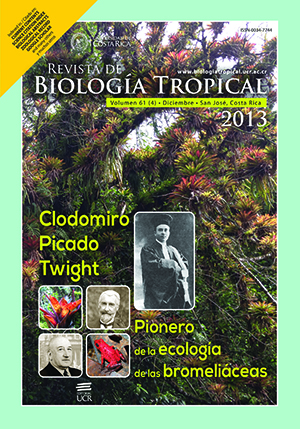Abstract
Queen conch is a gastropod inhabiting the Caribbean Sea, it represents the second largest fishery after the spiny lobster, but it has been extensively captured in the area. In order to know its population status in Chinchorro Bank, we determined conch density changes and its effects on reproductive activities, between July and November 2009. For this, data on conch density, morphology and reproductive activities were obtained from 15 sites within three fishing zones, and compared with previously collected data (1990, 1992, 1994, and 1997). Data showed that adult density decreased with time, from 10 700ind./ha in 1990, to 198ind./h in 2009. Neither egg masses nor spawns were found and mating was only observed once in July 2009. In July, adult (lip>4mm) density in the Southern zone was 23ind./ha whereas in the Northern zone and Central zone densities were 15 and 9ind./ha respectively. In November, density was somewhat higher: Southern zone 96ind./ha; Central zone 39ind./ha and Northern zone had 38ind./ha. In July, mean shell length was 170.80±46.28mm, with a higher median abundance at 180-189mm. In November, higher frequency was 187.63±45.14mm, maximum at 210-219mm interval. For the last 10 years period, mean adult conch densities have diminished in each zone, which might be the main cause of decreased reproductive activities of the conch at Banco Chinchorro. It is therefore an immediate need to analyse the management plan for this species in this Reserve and perhaps to promote a re-population of queen conch and culture activities.##plugins.facebook.comentarios##
Downloads
Download data is not yet available.






